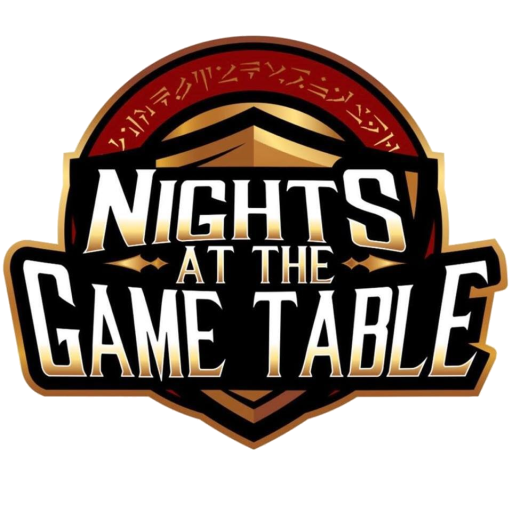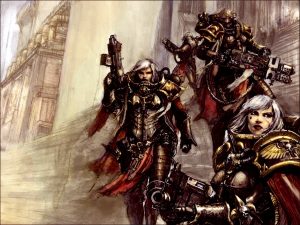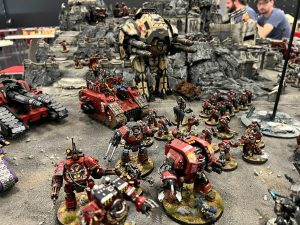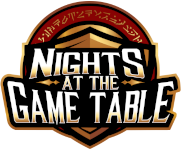Warhammer’s 9th edition is just around the corner, and with it come lots of exciting rules changes. One of the most expansive changes to the game is how missions are scored in Matched Play. On top of having a primary objective, players will each select three secondaries in 9th based on their list and their opponent’s list. Secondaries in 9th are worth a max of 15 Victory Points, giving a total possible score of 45 for secondaries.
Before we get into the fine details of this system, it’s important to note that these secondaries can’t be looked at as simply easy or hard. Some secondaries are definitely easier than others, but they are harder to get full value out of in exchange. In some cases, you can’t even get the full 15 points from a secondary! The system is rather nuanced and it gives players options to try and stay in the game in a bad matchup. It’s one of the best changes to 9th Edition, and Games Workshop has done an excellent job designing the system.
With that out of the way, let’s break down how the system works. After both players muster their armies, determine the mission being played, and place terrain, they then secretly pick 3 secondaries. Each secondary belongs to one of 5 categories. When picking secondaries, you can only pull one secondary from any category. This means that you will always pull from 3 of the 5 categories. It’s also important to note that players won’t know their deployment zone or who is going first. Once the secondaries are determined, players go on to determine their deployment zone and play the mission.
Before we break down all 17 secondaries in 9th, we need to describe what actions are. Some secondaries will need you to take an action, usually at the end of your movement phase. You can’t attempt an action with a unit if that unit Advanced or Fell Back. Once you start performing an action, you can’t do anything with that unit other than fight in melee until the action finishes. If you do, the action fails. Every action describes when the action is completed as well.
Finally, there are Psychic Actions. These are mostly the same except they require a Psyker to pass a psychic test to perform. They also prohibit you from using any powers. With that out of the way, let’s look at the secondaries in 9th!
Purge The Enemy Secondaries:
Assassinate: Score 3 VP per slain enemy Character.
Bring It Down: Score 2 VP for each slain Monster/Vehicle, 3 VP instead if they had >10 Wounds.
Titan Slayers: Score 10 VP if you slay a TITANIC model, or 15 if you slay two.
Slay The Warlord: Score 6 VP for killing the enemy Warlord.
No Mercy, No Respite Secondaries:
Thin Their Ranks: Set aside a tally of the number of models that you destroy. Add 10 to the tally if you destroy a model with 10 or more wounds. At the end of the game, divide your tally by 10 and round down, then score that many VP.( E.G. a tally of 109 would yield 10 VP)

Attrition: At the end of every battle round, score 4 VP if you destroyed more units than your opponent.
While We Stand, We Fight: Determine your 3 most expensive individual models. At the end of the game, score 5 VP for each that survived the battle.
First Strike: Score 5 VP if you destroy an enemy unit on the first round. Score an extra 3 VP if you slay more units than your opponent in the first round.
Battlefield Supremacy Secondaries:
Engage On All Fronts: Score 2 VP if you have a unit wholly within 3 of the 4 table quarters and they are also more than 6” from the center at the end of every round. Score 3 VP instead if you’re in all 4 table quarters.
Line breaker: Score 4VP if you have two non-Aircraft units wholly within the enemy deployment zone. Score this at the end of every round.
Domination: Score 3VP if you control more than half the objectives at the end of every round.
Shadow Operations Secondaries:
Investigate Sites: Action, non-Character Infantry only. Any Infantry unit can take this action if they are within 6” of the center of the board and there are no enemy units within 6” of the board. The action completed at the end of your turn, and every time you do you score 3VP.
Repair Teleport Homer: Much like Investigate Sites, except you have to be wholly within the enemy deployment zone and the action completes at the end of your next Command Phase. Scores 5VP if completed.
Raise The Banners High: Action, Infantry Only. If your Infantry unit controls an objective and there are no enemy units nearby, you may take the Action. It completes at the end of your turn, leaving a banner on that objective. You score 1VP at the end of every Command Phase and the end of the game for every objective with a Banner. If the enemy gains control of an objective with a banner, that banner is removed and no longer scores VP.
Warpcraft Secondaries:
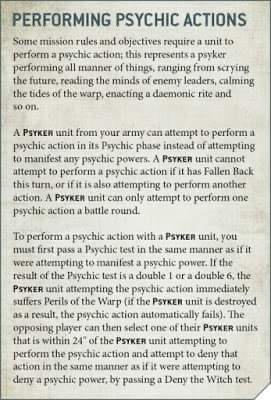
Mental Interrogation: Psychic Action, Warp Charge 4. Action is taken in the Psychic phase, requires you to be within 18” of an enemy character. Every successful completion scores 3VP.

Psychic Ritual: Psychic Action, Warp Charge 3. Action can only be taken if you’re wholly within 6” of the battlefield. If completed 3 times, score 15VP
Abhor The Witch: Score 3 VP for every slain Psyker, score 5 VP instead if they were also a Character.
So, we have our 17 secondaries in 9th objectives all laid out. But, which ones should you pick? The short answer is that it depends. The long answer is that many of these secondaries depend on not only your army composition but also your opponent’s army. You also have to factor terrain and mission in as well. This means that you should rarely be picking the same secondaries every single game. In addition, some secondaries that you might not normally go for could become suddenly game-winning in the right matchup.
We won’t break down the 17 secondaries in 9th as simply “good” or “bad”. Instead, we’ll split them into 3 categories based on how you’ll be able to use them. First, we’ll have our Reliable secondaries. These are generally safe choices you can pick for most games. Next, our Situational secondaries. These secondaries aren’t always applicable. They often require specific situations or your opponent to have certain units. When they are useable, however, they will often score many VP. And finally, we have our Risky secondaries. As the name would imply, these are high risk, high reward secondaries that might leave you high and dry.
Reliable Secondaries in 9th:
Thin Their Ranks: Although you won’t be able to usually score all 15 points, most lists will provide you with 8-10 VP in a 2000 point game without too much effort. There are some heavy infantry style lists like Custodes or Grey Knights that will make this a bad choice. Otherwise, this is a safe go-to in the majority of your games.
First Strike: This is great in any game where you’re worried about getting hit with an enemy alpha strike, or you’re concerned about being able to get on the scoreboard due to a tough matchup. If your opponent runs in with an alpha strike, those units are exposed and you can kill them back to guarantee the 5 points. If they refrain from giving you that 5 VP by playing safe, you buy yourself a turn of breathing room which might be worth the VP too.
Raise The Banners High: Any army with a decent amount of Infantry should at least consider this secondary. You’re almost guaranteed to get 6 VP out of it by planting on your closest objective and holding it all game. If you ever get a banner on a 2nd objective you can get a solid chunk of points. If you get 3 objectives, this is an easy 15. The best part is your units don’t have to babysit the objective after they plant a banner to keep scoring.
Situational Secondaries in 9th:
All Secondaries in the Purge The Enemy category: With an exception to Slay The Warlord, these all exist to punish various army builds, making them situational by definition since you will only sometimes face those builds. Slay The Warlord is a low scoring but easy secondary that’s good in games where you’re concerned about being able to complete secondaries in general due to a tough matchup.
Attrition: This is a very high scoring secondary if you can trigger it, but therein lies the issue. It’s most appealing if you’re playing a very elite army. You won’t be losing many units making this easier to score. It’s also workable if you’re up against most horde lists, as they tend to be light on raw kill power.
Engage On All Fronts: With Strategic Reserves in the game, this isn’t actually that hard to start scoring on Turn 2. Two units in reserves put behind terrain can show up on the board edge and at least start scoring for you. Keeping the score moving all game to max out the score is much harder, and you likely won’t score all 15 points on this one. But, most secondaries won’t score 15, and this one racks up points without any fuss.
Psychic Ritual: In many ways, this is simply a better version of Investigate Sites. You don’t need to entirely clear the middle of the board to start it and the model taking the action can have Character protection from Look Out, Sir! Completing this 3 times gets you a max of 15VP instead of 9. It is awkward that it restricts your Psyker from casting powers. It also requires the same Psyker to complete the action all 3 times so it isn’t for every game and list. Still, any list with lots of Psykers will generally get an easy 15 VP from this secondary.
Abhor The Witch: Did you lament how your Necron Starter Army couldn’t do much against Psykers? Armies that don’t get psykers or choose not to take them can punish Psykers with this secondary. It can be a little tricky to pull off if the psykers also have character protection.

Risky Secondaries in 9th:
While We Stand, We Fight: Your most expensive models will already usually have a target on their back since they will be high impact. Making them also worth VP means they will be the number one focus for your opponent, and that puts you in a lose-lose situation. You can hide your expensive models for VP but be down points, or use them as intended but expose them and risk losing VP in the process. Horde lists will get a lot of mileage out of this though. Their most expensive models might be Characters which can then hide from Look Out Sir, making this an easy 10-15 VP.
Linebreaker: This is the risky version of Engage On All Fronts. If you can actually score it, this will earn you 12 or 15 VP without a doubt. However, it requires you to get two units into the enemy deployment zone and have them survive until the start of your next turn. If you’re doing that then you’re winning by a landslide anyway. That said, a witty player might be able to leverage some high mobility units as sacrifices to buy time and score VP in a tough matchup.
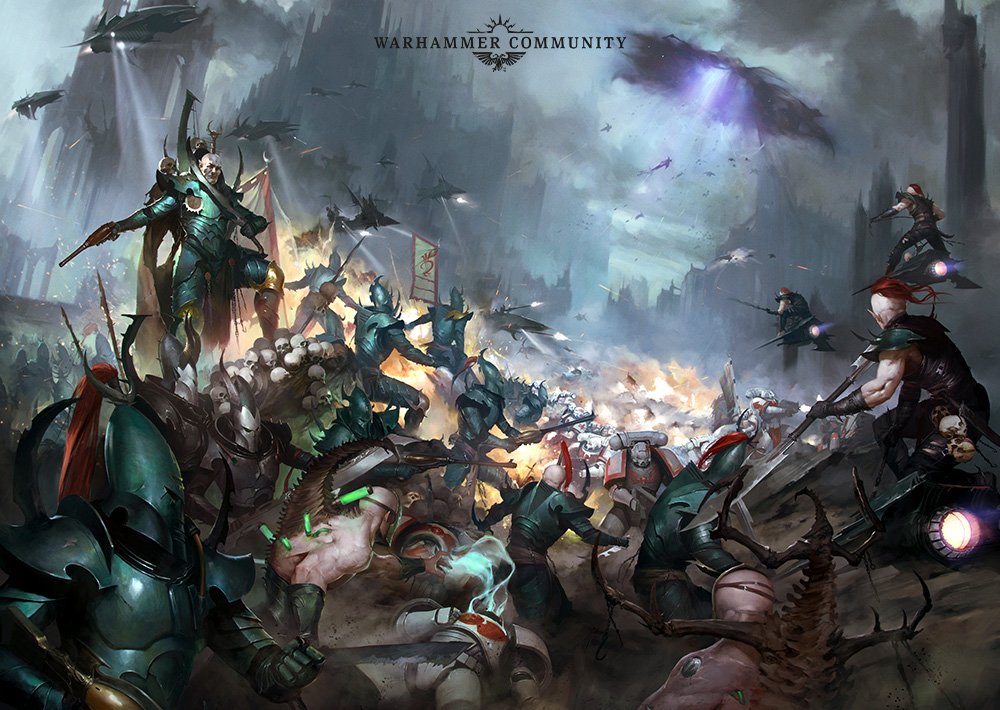
Domination: This has many of the same issues Linebreaker has, as its a win more option. However, horde lists that struggle for killing power will be interested in this. It gives them an extra way to leverage their above-average board control as a way to score points. Aside from that, it’s only good in games where you can deny your opponent from taking objectives.
Investigate Sites: If you could use a Character on this, it might be alright. It’s risky since it forces you into the middle of the table to score and you need to sit there all game to get a good score out of it. You also need to push your opponent out of the middle to score this as well, making it a tough sell. That said, armies with units like Blightlord Terminators or Bullgryn that can sit in the middle of the board and rack up VP. This makes a lose-lose situation for your opponent. If they ignore your anchor units you get 12 or 15 VP, and if they try to remove them they have to chew through some serious defense.
Repair Teleport Homers: This is easily the most dangerous secondary, as it almost requires you to be blowing your opponent out to score it. Not only do you need to get into your opponent’s deployment with Infantry, but you also have to have them take an action which stuns the unit for a turn. As if that wasn’t bad enough, they have to survive to the start of your next turn to score! Out of all the secondaries, this is one of the only ones that are almost always too risky to take.
Mental Interrogation: This competes with Psychic Ritual, which already hurts. It also locks your Psyker out for almost the entire game to max out. If you have a lot of Psykers and your enemy has plenty of Characters this can see some use. You can bounce who is doing the Interrogations, unlike Psychic ritual. But for most lists, this is drastically more difficult than Psychic Ritual.
This wraps up our analysis of secondaries in 9th. They are part of the advanced rules. Therefore, they weren’t covered in our Top 5 Changes to 9th Core Rules. It’s an elaborate system with lots of decisions and complexity, and it gives players options in bad matchups to still score points. It’s a really exciting change, and it’s one to keep games of 9th fresh as the edition runs on.
This is how you get a free army list designed for you!
If you’d like the Nights Team to give you a free Army List designed for you free of charge click this link to schedule a time with one of our team members: https://nightsatthegametable.youcanbook.me
To talk to the Nights at the Game Table team and discuss this Battle Report with them join Game Talk For Gamers https://www.facebook.com/groups/GameTalkForGamers
If you don’t know what Warhammer 40k is and how to play it check out the video that we made here just for you: https://youtu.be/mxLZ2GqN4R0
For those who already know how to play the game and you’d like a free guide that teaches you how to paint professional-looking miniatures, advanced tournament tips from a 40k World Champion, how to find more time to play, and simple methods to get cheap miniatures go here: http://bit.ly/40k-free-guide-fb
If you’d like a breakdown of the advanced tactics and strategies for all 40k armies, painting tutorials from a Golden Demon winner, secret battle reports and tons more consider becoming a Nights at the Game Table Member today. Click on this link to learn more: http://bit.ly/nights-40k-members-fb
As always thanks for reading!
Special thanks to Games Workshop for the use of their images and for making the best game ever!
